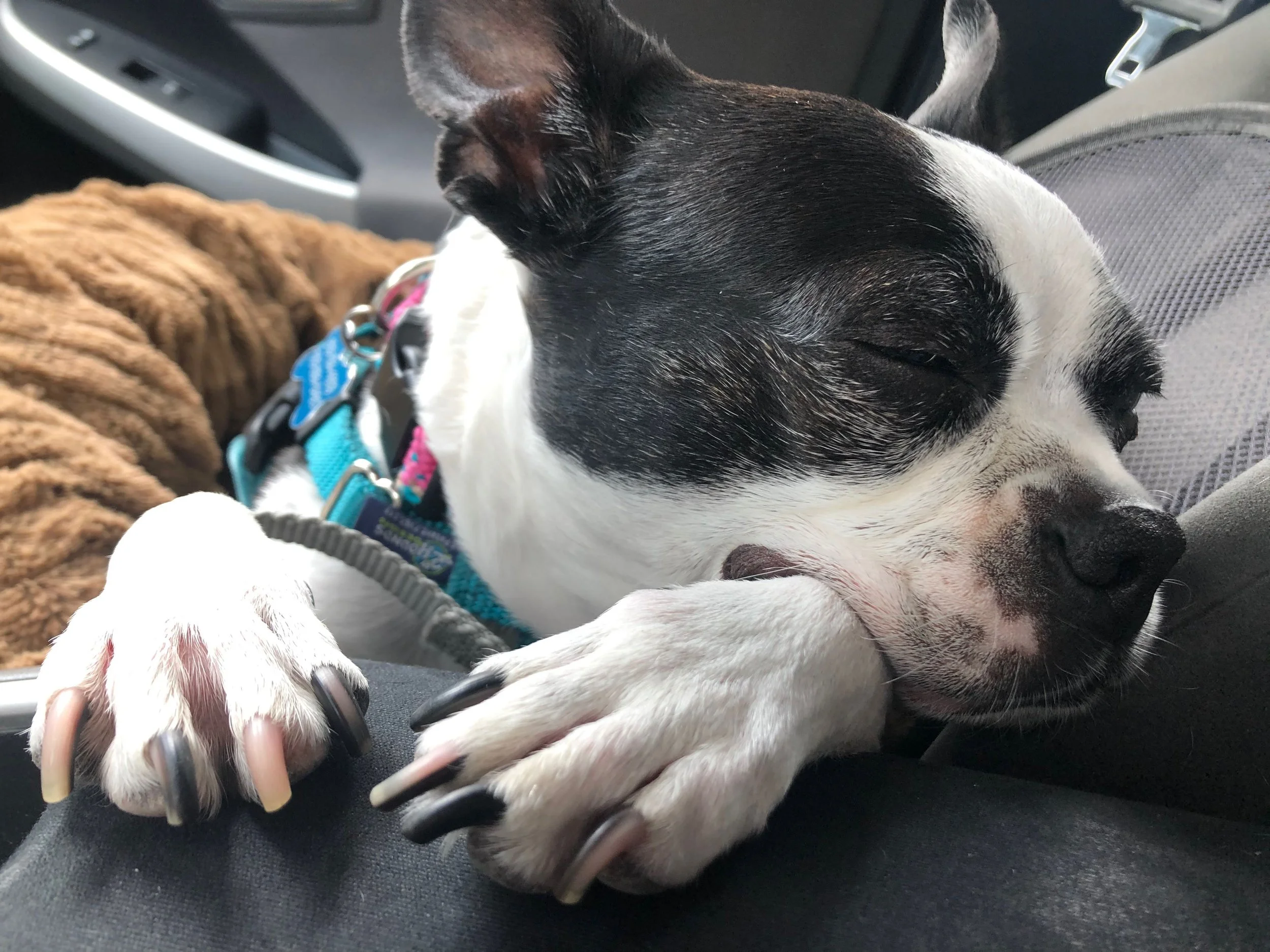For about 10,000 years, humans have enjoyed the option of shod feet for protection against rough terrain and extreme temperatures. By contrast, our four-legged friends are pretty much barefoot all the time.
Paw pads are composed of adipose (fat) and elastic fibers. These tissues are sheathed by a dense layer of heavily-pigmented skin; the thickest skin on a dog’s body. Dogs who spend more time outdoors develop thicker, more calloused paw pads. Lapdogs tend toward thinner pads which are more easily distressed by the elements. Wherever a dog falls on this continuum, their paws deserve the most conscious paw-tection we can give them.
This summer’s record heat has been especially unforgiving. Following are five tips for keeping paws safe and cool:
Bet your asphalt. Street surfaces quickly heat up as the mercury rises. At 86 degrees Fahrenheit, street slurry can bake at 135 degrees. A good rule of thumb (or toe) for testing tolerable road temps is to lay a bare foot or palm upon the surface for seven seconds. If we recoil, our dog will surely yelp. Hot pavement can crack and burn paws. Bath or pool water before a walk softens pads, increasing burn risk. Try early-morning walks when pavement is cooler.
Shake their booty — or wax it. There’s no shortage of options for shod paws offering protection against a spectrum of temperatures. Honestly, I’ve seen hardly a canine who didn’t stumble about like a newborn giraffe while wearing these or try to bite, jiggle or tear them off. If your dog takes to these, choose models with breathable fabric since dogs sweat through their paws. Also consider durability, comfort and ease of use. Paw wax is an alternative, but may be inadequate at higher temperatures.
Up Close and Paw-sonal. Examine paw pads after long walks and, for that matter, every few days. Check for burns, cracks, and blisters and treat them immediately. Severe cases are marked by red, swollen patches, darker-than-usual coloration or missing chunks of the pad itself. These can quickly become infected if gone untreated. Limping, excessive licking or chewing of paws and avoidance of walks are strong clues to paw problems.
Here comes the Groom. Our pets are masters at self-care. Excessive paw-licking, however can be a sign of seasonal allergies. Sweaty dog paws are a magnet for pollen and other allergens. Look for pink or reddish patches of skin between the toes. The best prevention is to rinse paws immediately after a walk either with plain water or an oatmeal-based shampoo. Use a dog-safe conditioner to keep paws hydrated.
Need a Trim? Nail It! Furry paws scoop up burrs and grass seeds. Clipping excess paw hair prevents these and other irritants from burrowing into paw pads. Monitor nail length and trim when necessary. While regular walks can file down a dog’s nails, excessive growth can still occur. Overgrown nails can alter a dog’s gait resulting in orthopedic issues. They can also curl directly into the paw pad causing painful wounds and infections.
Paws were made for kissing, not toasting.

